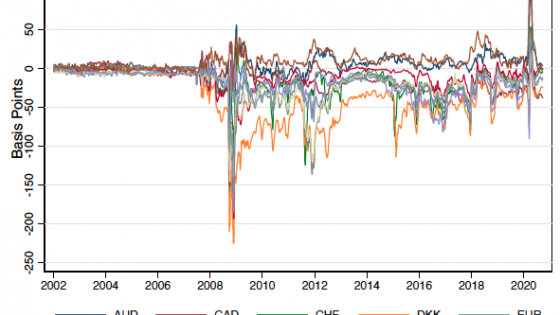DP477 Spain's Capital Account Shock
The purpose of this paper is twofold: it analyses how far the external opening-up process of the Spanish economy that started with its integration into the EEC in 1986 has led to a higher effective degree of capital mobility; and it examines what kind of capital flows, exchange-rate pressures and monetary policy effects can be expected once capital controls are eliminated by 1993. The results suggest that, in spite of the extensive network of legal capital controls prevailing in Spain, the effective degree of short-term capital mobility -- measured by covered interest-parity deviations -- has in fact been lower since Spain's entry into the EEC than before. It is the case, moreover, that although capital outflows are more restricted legally than inflows, controls are at present binding for short-run capital inflows but not for outflows. Finally, it is also found that the disappearance of capital controls by 1992 will make it impossible to pursue money and exchange rate targets simultaneously. It will thus be necessary for the Spanish macroeconomic policy-mix to be altered in the direction of reducing interest rate and inflation differentials vis-a-vis other EMS countries.

